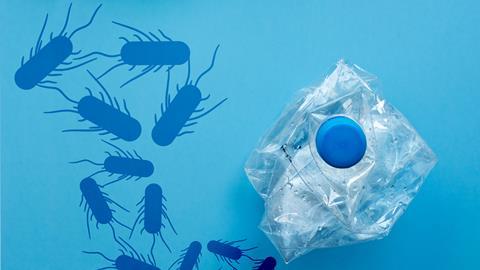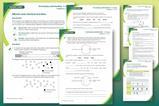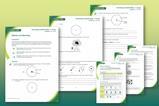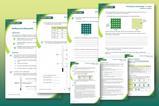Show your students how chemistry is upcycling plastic monomers into higher value alternative products

Download this
Starter slide, 14–16
Use this starter slide with your class to give them a new context when studying the advantages of recycling.
Scientists in the UK have genetically engineered Escherichia coli to transform plastic waste into vanillin. Instead of simply recycling plastic waste into more plastic, the system demonstrates for the first time that you can use plastic as a feedstock for microbial cells and transform it into something with higher value.
Polyethylene terephthalate (PET) is one of the most widely used types of plastic. Most existing recycling technologies degrade PET into its constituent monomers, ethylene glycol and terephthalic acid, then repurpose them in second-generation plastic materials. The researchers want to upcycle these monomers into alternative products.
The researchers used genetic engineering to create a strain of E coli that converts terephthalic acid into vanillin. Vanillin is the molecule responsible for the characteristic smell and taste of vanilla. Traditionally it is extracted from the vanilla plant, but global demand far outweighs supply from natural sources.
The modified E coli produces enzymes to convert terephthalic acid to vanillin through an oxidation, a methylation and two reduction steps. Through careful optimisation of reaction conditions and media, eventually a sweet spot was found where each of the enzymes was able to play its part in the biocatalytic transformation of terephthalic acid to vanillin.
Put this in context
Add context and highlight diverse careers with our short career videos showing how chemistry is making a difference and let your learners be inspired by chemists like Margo, a research innovations manager.
Unfortunately, getting the cell to carry out the transformation was only half of the battle. A huge challenge is physically getting the substrate into the cell so that the chemistry can happen. To overcome this, the scientists added small amounts of alcohol that essentially poke holes in the cell membrane to increase its permeability. Another complexity was that vanillin itself is toxic to their new strain of E coli. To mitigate these toxicity issues, they removed the product from the reaction mixture in situ by extracting it into oleyl alcohol.
Read the full story in Chemistry World.
Downloads
Starter slide - Turning plastic waste to vanillin
Presentation | PowerPoint, Size 0.14 mbStarter slide - Turning plastic waste to vanillin
Presentation | PDF, Size 0.14 mb















No comments yet